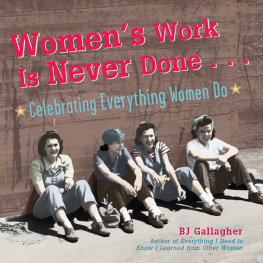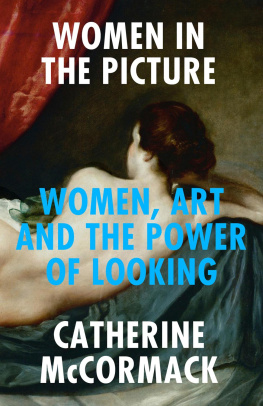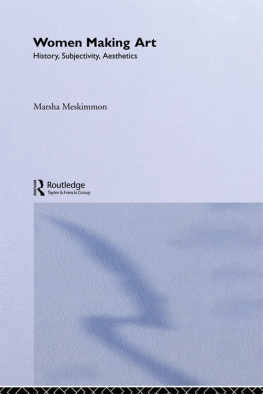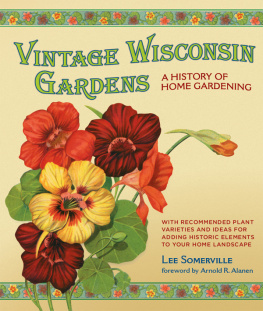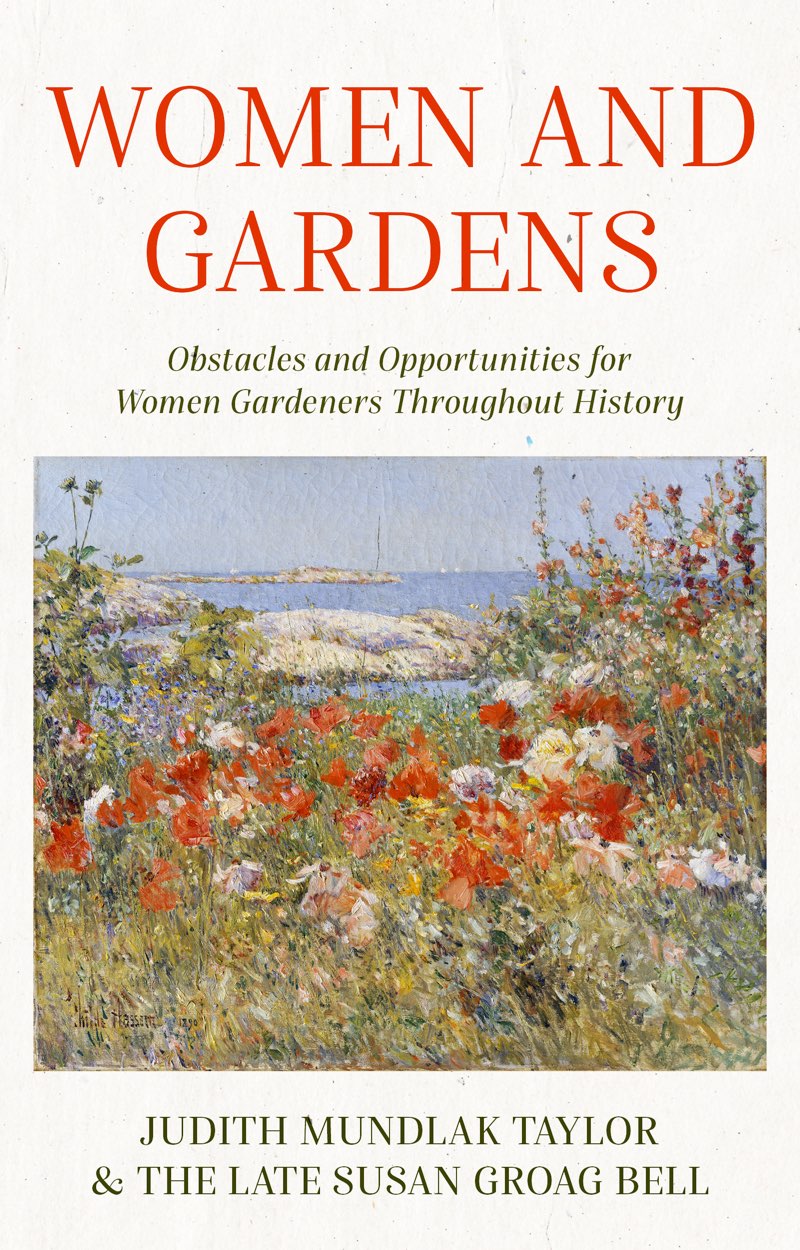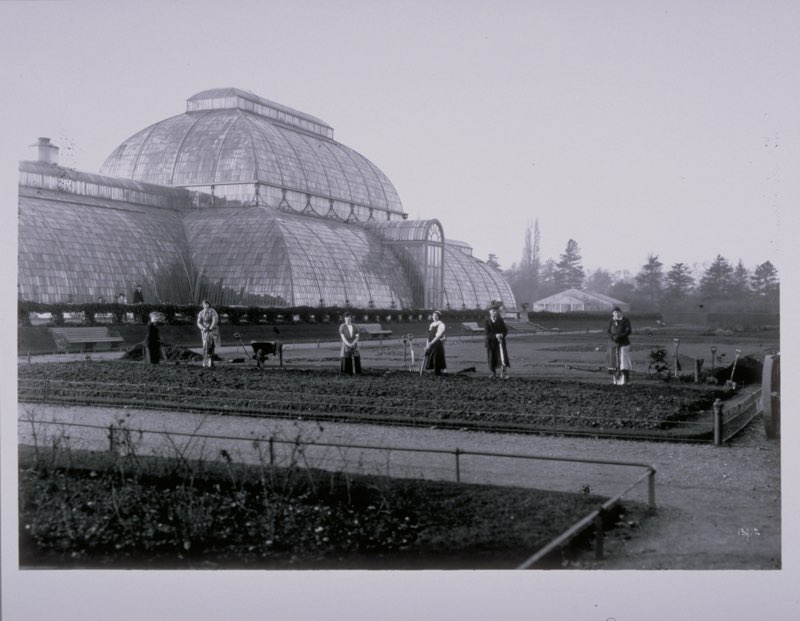Also by the Authors
Books by Judith Mundlak Taylor
The Olive in California: history of an immigrant tree (2000)
Tangible Memories: Californians and their gardens 1800-1950 (2003)
The Global Migrations of Ornamental Plants: how the world got into your garden (2009)
Visions of Loveliness: the work of forgotten flower breeders (2014)
An Abundance of Flowers: more great flower breeders of the past (2018)
A Five Year Plan for Geraniums: growing flowers commercially in East Germany 1946-1989 (2019)
Books by SUSAN GROAG BELL (19262015)
Women, from the Greeks to the French Revolution (1973, reprinted 1980)
Women, the Family, and Freedom: The Debate in the Documents, 1750-1950 (1983), with Karen Offen
Between Worlds: Czechoslovakia, England, and America (1991)
The Lost Tapestries of the City of Ladies (2004)
Women and Gardens
Obstacles and Opportunities for Women Gardeners Throughout History
Judith Mundlak Taylor
and the late Susan Groag Bell
TaylorHort Press
Cover illustration: Celia Thaxters Garden, Isle of Shoals, Maine (1890), by Childe Hassam; used with permission from The Metropolitan Museum of Art. Image source Art Resource, New York, NY.
Frontispiece: Women gardeners at Kew, circa 1915
Board of Trustees the Royal Botanic Gardens, Kew, London, England.
Text copyright 2021 by Judith Mundlak Taylor
All rights reserved.
No part of this book may be reproduced in any form or by any electronic or mechanical means, including information storage and retrieval systems, without written permission from the author, except for the use of brief quotations in a book review.
Published by TaylorHort Press
San Francisco, CA
www.horthistoria.com
judith@horthistoria.com
Introduction
This book celebrates the achievements of women in gardening and horticulture. They have come a very long way in the last hundred and fifty years, with the pace accelerating in the more recent past. At present there are more women in landscape architecture than men. It was not always so. The authors trace that path over several centuries, uncovering the gardening work of women. Official history has been written by men for millennia. This has usually been left unsaid but is part of the dictum: history is written by the victors. Historians saw no need to include anything about women and their contributions. Women and their doings were of no moment to them. They did not see them as fully adult.
During her long and distinguished career, the late Susan Groag Bell (19262015) published several seminal works on womens place in history and how it had largely been written out. In her 1982 article Medieval Women Book Owners: Arbiters of Lay Piety and Ambassadors of Culture in the journal Signs, she argued that noblewomen in medieval society, remaining folded within their clearly delineated roles, still affected society by educating their children through books.81 They commissioned new ones and argued with the authors to offer devotional works in vernacular languages, not only Latin. When their daughters married and moved to a new household, they carried all this with them. Women acted as agents in the transfer of civilization working almost invisibly.
Bells article became widely influential and inspired other scholars to analyze how women were obscured in historical records. Pointing out how women had very little opportunity to lead public lives, she drew attention to injustices in historiography.
At her death, an outline for a book about women and gardens was found in her papers, going back to 1976. It was divided into eight chapters with an optional ninth one. The first four chapters illuminated Susan Bells thoughts about women and gardens in art and literature, largely intangible matters, what I (JMT) am defining as passive. She then changed over to much more pragmatic questions about actual women and actual gardens on the ground, active. This set her thinking about the impediments to women owning, designing, and working in gardens in the past few hundred years. She moved from the vaguely general view to highly specific examples.
This switch seemed to me (JMT) to be more in keeping with her primary goal of women taking their rightful places in society. She herself had suffered from the disability of being a woman in her professional life. In order to bring this unfinished work to the public, I have taken the liberty of editing her material and adding my own perspectives, based on her work, in order to examine the history of the obstacles and opportunities for women in gardens.
Why is it necessary to write a book about the history of women and gardens? For one thing, Bell found that her colleagues fell about laughing when she suggested that this could be a fruitful source of academic enquiry. Such a response from people who should have known better is one very good reason to look into the matter further. The encouraging news is that since her aperu in the late 1970s, a number of excellent books on the topic have been published, both in the United States and the United Kingdom.
References to women and womens contribution to horticulture were previously few and far between. This, as we know from the general study of womens history, means little because womens contribution has typically been taken for granted, ignored, or simply not recorded as being so obvious. It happens constantly, even now, at a time when historians should be aware of the open questions on womens history in many areas.
The facts are not in doubt. Women have always gardened, either for survival or pleasure. Even during the periods when it was not comme il faut for ladies to garden, there are many records of them doing just that. The interest lies in the fact that this was another front in the never-ending fight for recognition that women were serious adults, capable of becoming professional gardeners or in fact anything they chose. It was not until late in the nineteenth century that they started taking part in landscape gardening and other professions normally the province of men: i.e., their activity shifted from purely local and personal to the possibility of being public and professional.
There is a supposed affinity between women and gardens but its interpretation for a certain set of women has changed over time, from passive and decorative to healthily active. This affinity is not an incontrovertible fact but emerged as the result of cumulative observation. It became a plausible peg on which to hang all manner of ideas. No doubt the connection may be unconscious but both women and the land are fecund and the source of new life. Women are said to be nurturing by nature. It is incontrovertible that gardens require nurturing, but half a century of modern gender studies have taught us to question all these other assumptions.
Perhaps the most important impetus to women becoming professional gardeners was the effort to obtain the vote. All the crucial changes which are considered in this book took place in the same era as that monumental struggle, the second half of the nineteenth century and the early years of the twentieth century. The right for women over thirty to vote was finally acknowledged in 1918 in the United Kingdom. Canadian women were allowed to vote in 1918. In the United States an act to permit women to vote was passed in 1920. Without being openly stated this pertained solely to white women. All women were allowed to vote in the United Kingdom in 1928.



